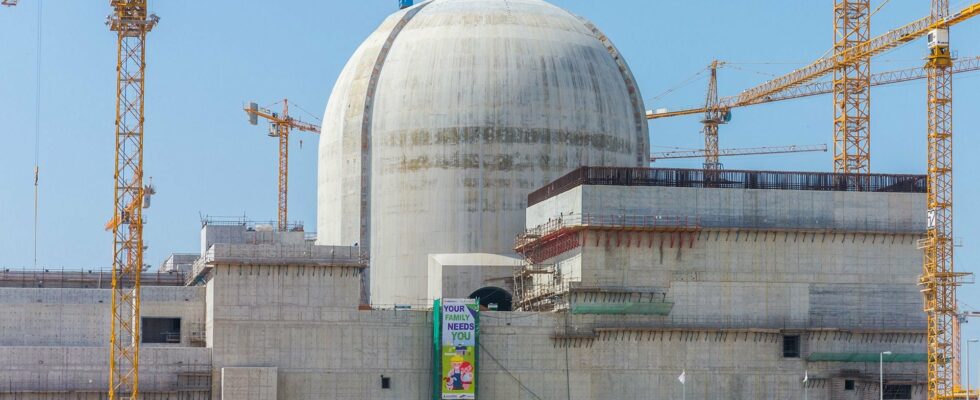Flamanville, it’s over! With the loading of fuel into the latest French nuclear power plant, a page – painful – of Western nuclear power is turning: that of the last twenty-five to thirty years during which the nuclear industry, after having completed the construction of the second generation of reactors between 1970 and 2000, stopped building in Europe as in North America. Or so little, too little, built: Flamanville, Olkiluoto in Finland and Vogtle in the United States tell a fairly similar story, that of the series heads of a new generation of reactors which remained prototypes, for lack of additional units; construction sites launched without the design being completely finalized; missed budgets and deadlines.
At the same time, the epicenter of global nuclear power has moved to China, which reproduces the successful method of the French program of the 1970s-1990s: massification, standardization, speed.
Another Asian country has understood the tricolor recipe: South Korea. Unlike China, however, Seoul is not content to replicate this model for its own nuclear program. The Koreans are the only ones to have proven that it can be duplicated elsewhere, in a third country, which is also a newcomer to nuclear power. Without fanfare, South Korea built four reactors in Abu Dhabi between 2012 and 2024, at a cost of around $24 billion. Despite some delays, the project remained on budget and on schedule.
Is it surprising, then, that at a time when Europe is rediscovering the virtues of nuclear energy, a certain number of States have opened discussions with KHNP, the Korean manufacturer ? The most recent example is that of Ukraine, which announced on May 14 a bilateral agreement including, in addition to the reconstruction of the energy system that the Russians are methodically working to destroy, exchanges on the construction of new reactors.
Last November, it was Poland which, after choosing Westinghouse technology, opened the way to South Korea for other reactors. Today, KHNP is competing against EDF in the Czech Republic. Discussions are underway with the United Kingdom and the Netherlands, where a political agreement provides for the construction of new power plants. And this is without taking into account the multiplication of informal exchanges that South Korea has launched with a number of Central and Eastern European states with, each time, a very well-established diplomatic choreography, combining cooperation in multiple areas, including systematically defense and energy.
Rise to power
Curiously, the Korean challenger is rarely mentioned in the nuclear debate in France, pathologically centered, here and there, on American competition. Which is often described in terms whose violence is inversely proportional to the precise knowledge of the history and current affairs of Franco-American nuclear relations. Certainly, the failure of the nuclear “team of France” (ahem…) to win the Abu Dhabi contract in 2009 remains a painful memory for the French industry. Furthermore, no safety authority in Europe has yet certified Korean technology. And what about the dispute with Westinghouse on intellectual property matters?
The fact remains that, in a Europe looking for a new lease of life for the credibility of its energy sovereignty, the Korean rival presents solid assets. In his speech on Europe delivered in the Sorbonne amphitheater on April 25, Emmanuel Macron underlined his ambition to build a “strong Europe in the world as it is”. The rise of Korean know-how in the small circle of European nuclear power is, whether we like it or not, the world as it is, in this case for the better: that Europe is attractive for the global nuclear industry is excellent news.
.
